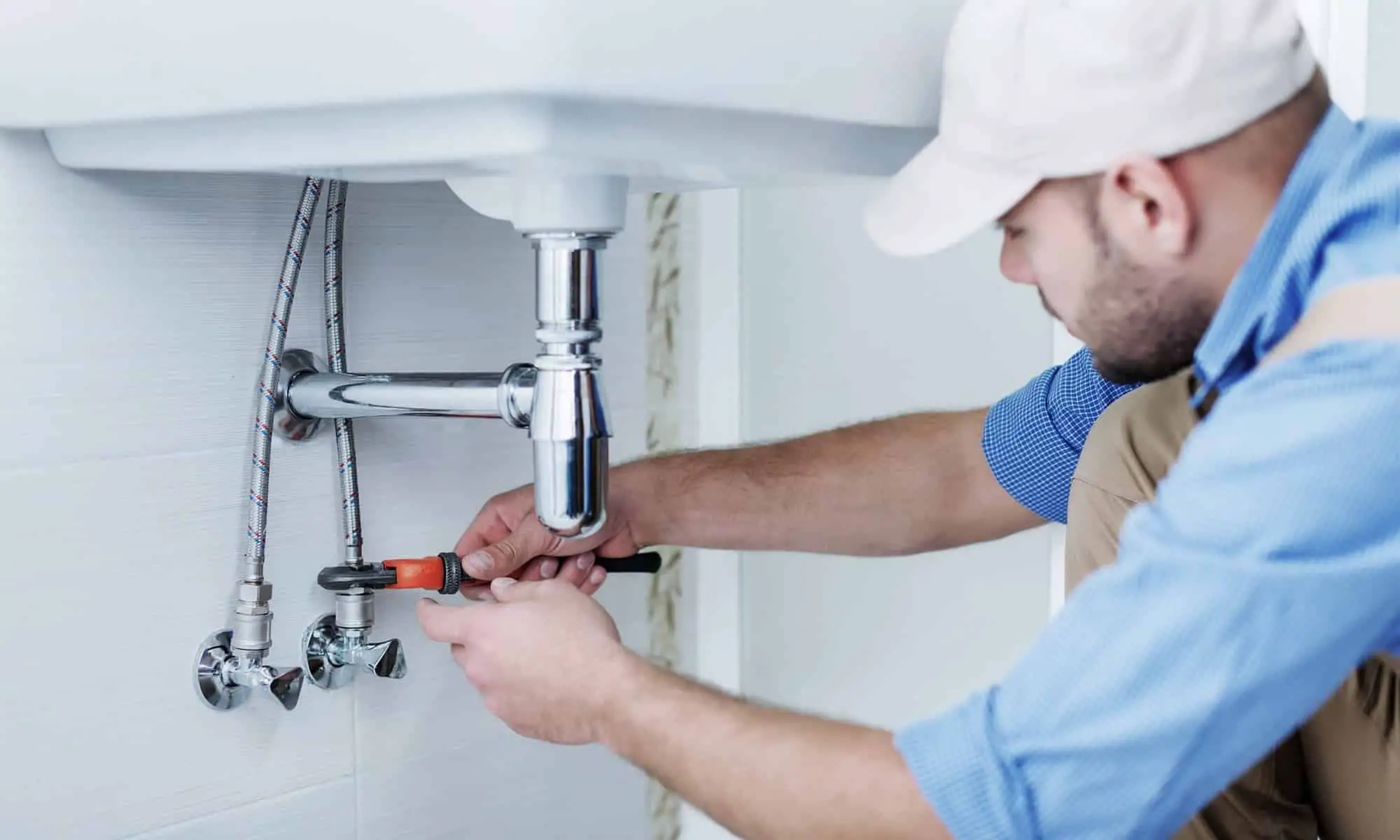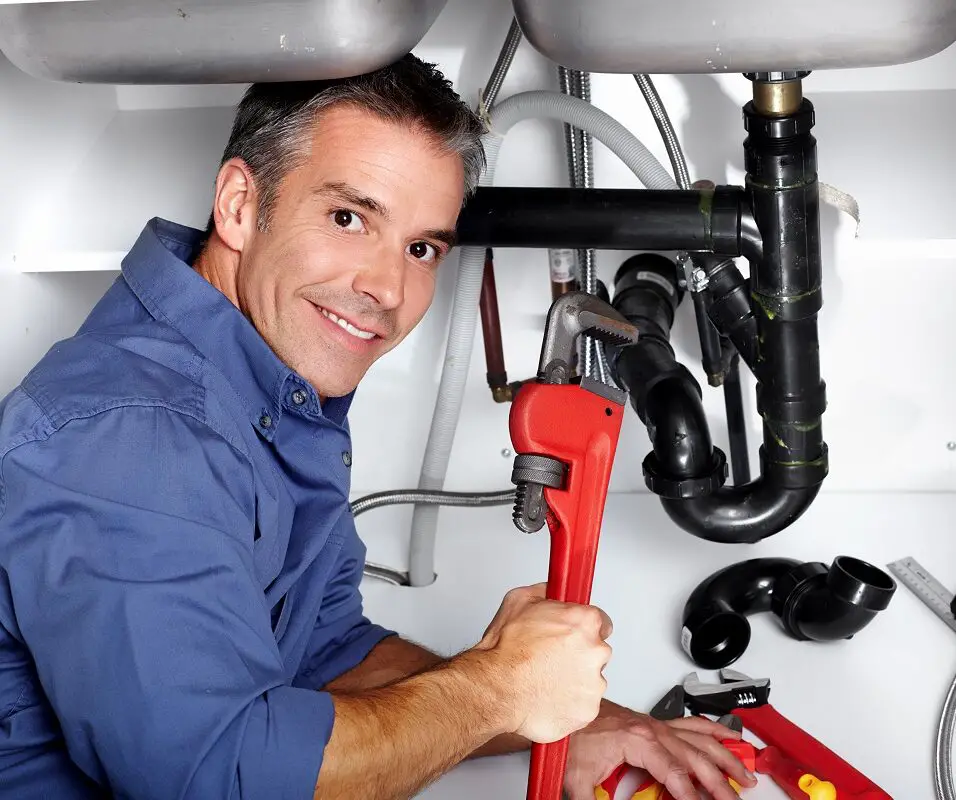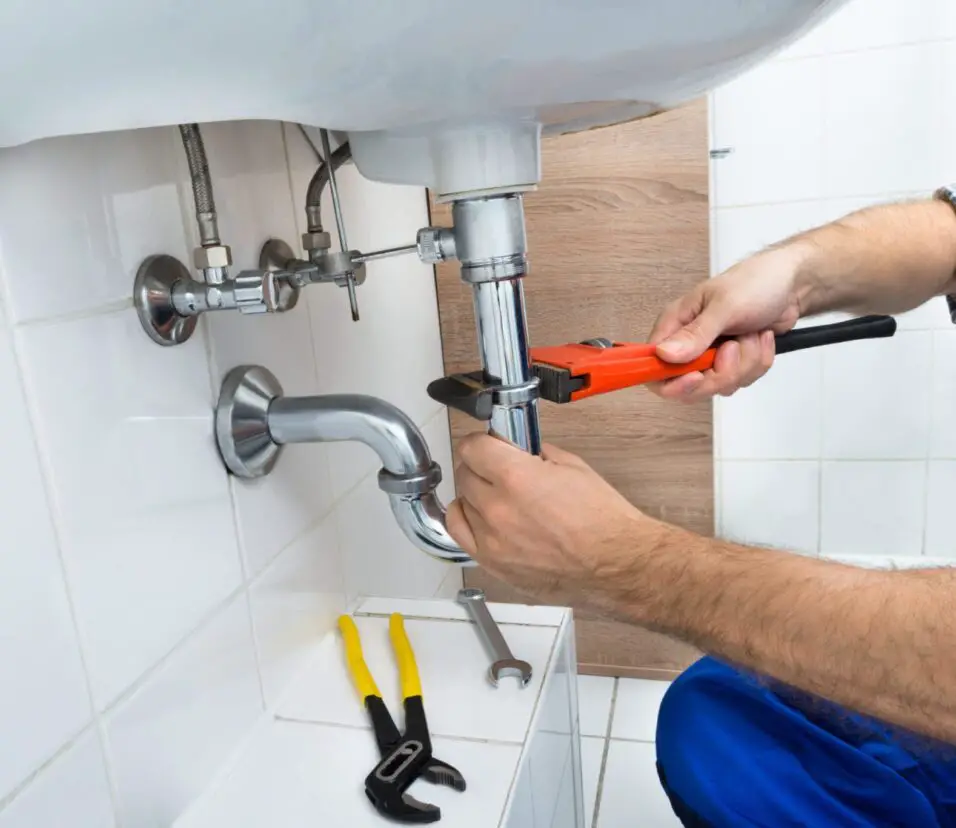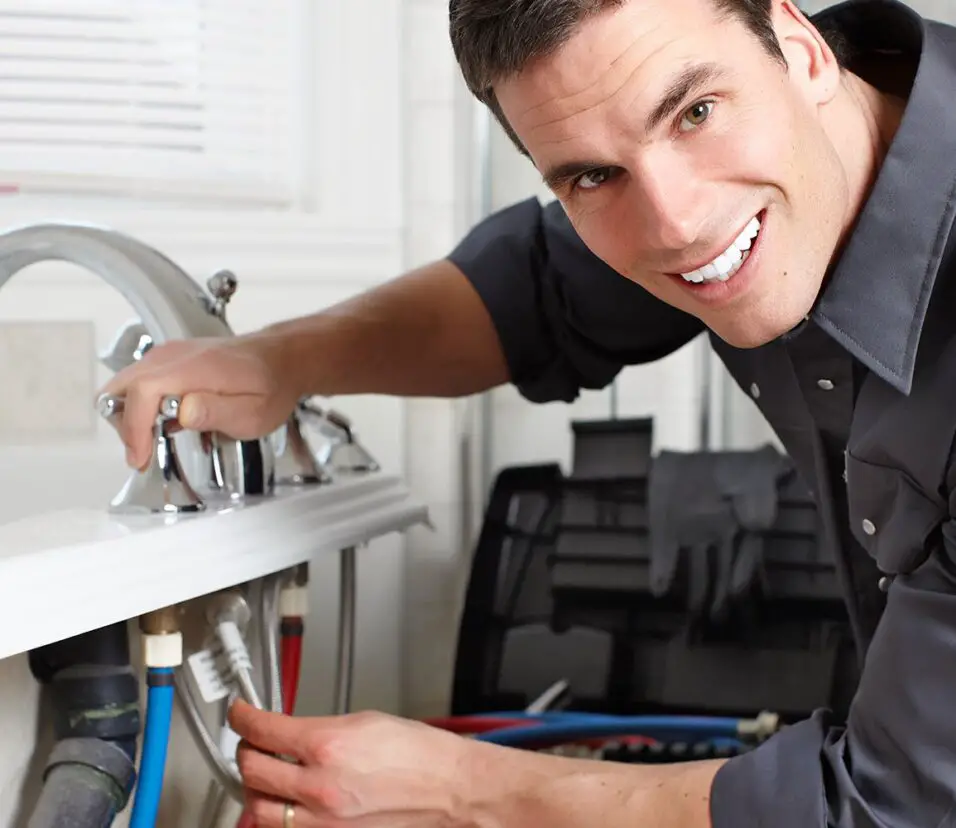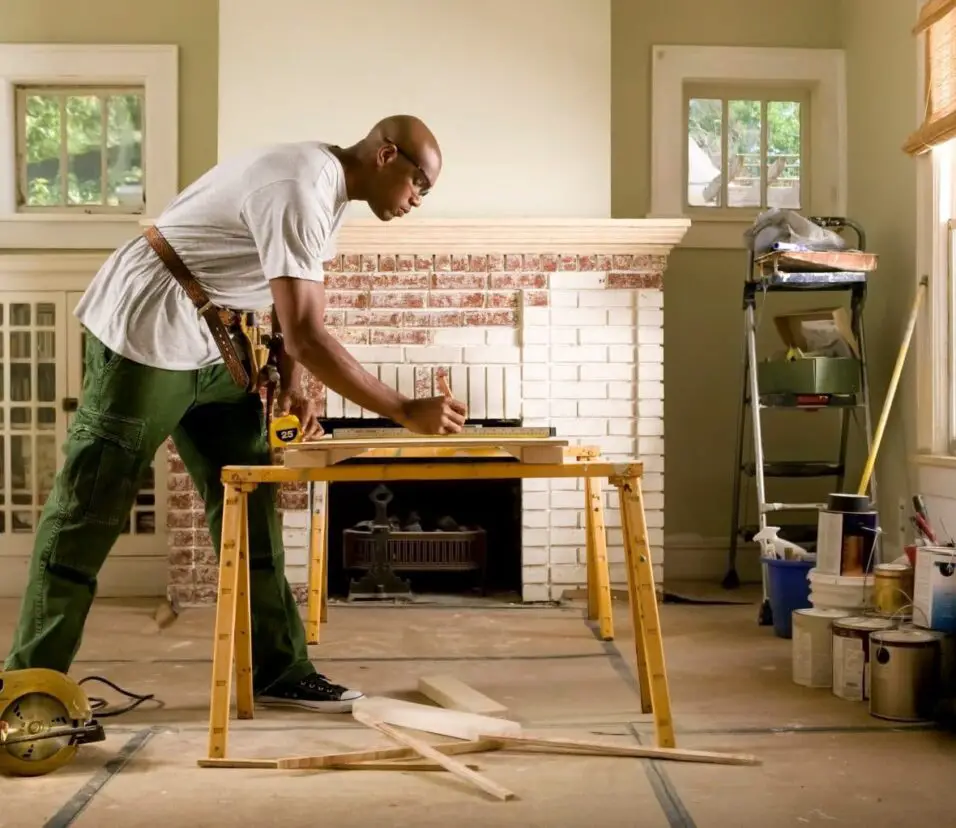What Is Galvanized Plumbing
Introduction
What Is Galvanized Plumbing: Galvanized plumbing refers to a type of plumbing system that utilizes galvanized steel pipes for water supply and distribution within residential, commercial, and industrial buildings. This method of plumbing gained popularity during the early 20th century and was widely used until the mid-20th century. Galvanized plumbing was favored due to its durability and resistance to corrosion. However, with the advancement of plumbing materials and the discovery of potential health risks associated with galvanized pipes, its usage has declined over time.
Galvanized pipes are steel pipes that have been coated with a layer of zinc to protect them from rust and corrosion. The zinc coating provides a barrier between the steel and the surrounding environment, preventing the formation of rust that can lead to pipe deterioration and leaks. The galvanization process involves immersing the steel pipes in a molten zinc bath, allowing the zinc to adhere to the surface of the pipes.
While galvanized plumbing plastic offered advantages such as longevity and strength, it has become less popular in recent decades due to several drawbacks. Over time, the zinc coating inside the pipes can corrode, leading to the accumulation of rust and mineral deposits that restrict water flow and reduce water quality. Additionally, as the pipes age, they may become prone to leaks and develop issues related to water pressure.
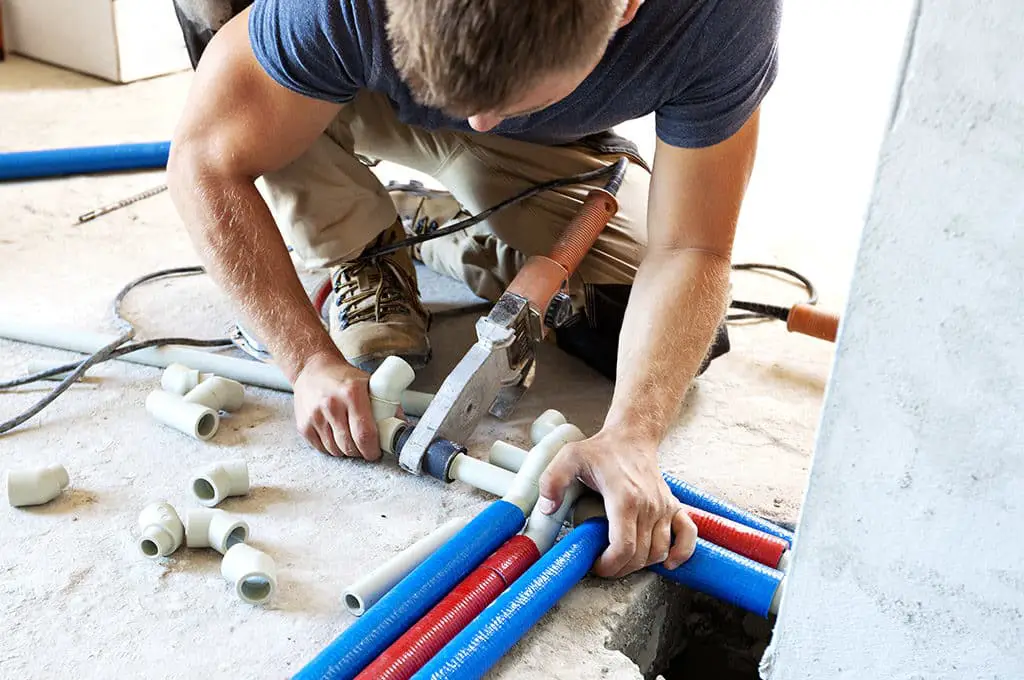
Is Galvanized Plumbing Safe?
Over time, drinking water can’t go through galvanized steel because it rusts. Zinc can leave lead and cadmium in it during the pickling process, not on top of it.
Steel pipes are used in galvanized plumbing to move water around buildings. A zinc layer keeps pipes from rusting and makes them last longer. In the past, galvanized plumbing was popular, but its safety and ability to work with modern plumbing systems have been called into question.
A big safety risk with galvanized plumbing is that it can rust and rusting. As the zinc layer wears away, steel pipes can rust and mineral deposits can form on them. The water source could get dirty, change color, and move less quickly. Pipes that are rusty can leak and break, which can cause water damage and expensive fixes.
Pollution from lead is another problem. Older galvanized plumbing systems may have solder or joints that are made of lead, which can get into the water supply. Lead exposure is bad for everyone, but it’s especially bad for kids because it can lead to developmental illnesses and other issues. Copper, PVC, or PEX pipes are better for safety and dependability in current plumbing systems.
What Is Galvanized Pipe Used For In Plumbing?
Because it doesn’t rust, galvanized pipe can bring water to homes and businesses and be used as structure frames. Pipe fittings are commonly used in outdoor and industrial settings because they don’t rust or corrode when exposed to salt.
Galvanized pipe has been used in plumbing for many years. A zinc layer keeps steel pipes from rusting and makes them last longer. By galvanizing steel, other damage like rust is kept at bay.
Pipes made of galvanized steel carry water to homes, companies, and factories. Older homes have galvanized plumbing because it was popular before copper, PVC, and PEX.
The benefits of galvanized pipes are that they don’t rust and last a long time. They don’t rust as much as steel pipes and can handle rough circumstances. This means they can be used for plumbing both inside and outside.
Sinks, faucets, and showers all get water from galvanized lines. They provide non-potable water to farms and factories.
Is Galvanized Pipe Used For Plumbing?
Pipe that has been galvanized. Putting steel pipes in a zinc layer that protects them is how galvanized pipes are made. The zinc coating adds an extra layer of defense against rust and rusting. Galvanized pipes were often used for plumbing in homes built before 1960.
Yes, zinc pipe has been used for plumbing many times, especially in the past. Zinc has been added to steel pipes to keep them from rusting. This is called galvanization.
A lot of homes, businesses, and factories have used these lines for their water distribution systems. In the middle of the 20th century, galvanized plumbing lines were very common.
The best thing about galvanized lines is that they don’t rust. The zinc covering is a substitute layer, so it breaks down over time instead of the steel pipe itself. This keeps the pipe system in good shape and stops rust from forming.
Galvanized lines have been used for a long time in both potable and non-potable water systems. They have been used to bring water to sinks, showers, toilets, and other devices. Galvanized lines have also been used for drainage systems that move waste water away from different plumbing fixtures.
Is Galvanized Plumbing Copper?
One of the best things about copper pipe is that it lasts longer than galvanized pipe. The copper in the pipe is naturally resistant to rust, but the zinc coating on the galvanized pipe can wear off over time. In other words, copper pipe is less likely to leak over time.
Copper is not used in galvanized pipes. For lines made of steel that are coated with zinc to keep them from rusting, the term “galvanized plumbing” is used. In copper plumbing, on the other hand, lines are made of nothing but copper.
Copper wiring is widely used in both homes and businesses because it is resistant to corrosion, lasts a long time, and can be shaped easily. It’s a popular choice among plumbers and homes because it lasts a long time and can handle high temperatures and pressures. Copper lines are known for being reliable, and they are often used for both heating systems and to bring water to homes.
On the other hand, galvanized plumbing uses steel lines that have zinc added to them. During the galvanization process, the steel pipes are submerged in a bath of liquid zinc. This makes a barrier that helps keep the pipes from rusting. This covering keeps the steel from contacting the outside world, which makes the pipes last longer. In the past, galvanized pipes were common, but these days, they aren’t used as much because people are worried about how long they will last and how safe they are.
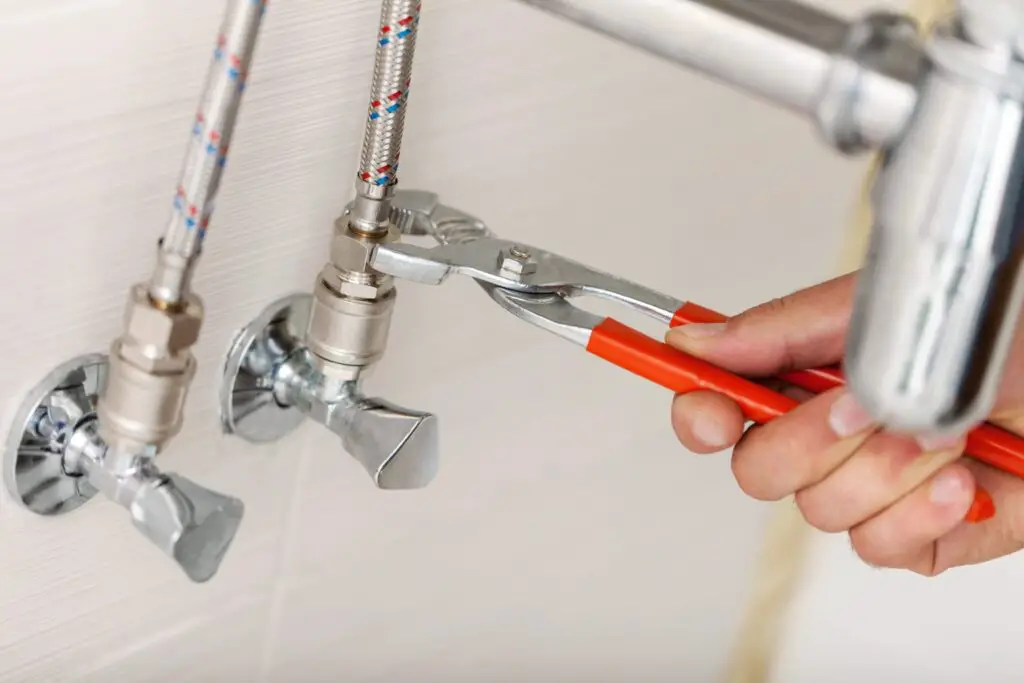
What Is A Galvanized Plumbing System?
Galvanized steel pipes are made of steel and have a zinc coating that keeps them from rusting. Putting the pipes in a bath of molten zinc is a popular way to do this. Before 1950, these pipes and fittings were often used in homes (some sources say they were used until the 1960s).
There is a network of galvanized steel pipes and fittings used to move water around a house. This is called a system. It used to be popular to use galvanized wiring because it was strong and didn’t rust. Putting a layer of zinc on steel lines to keep them from rusting and make them last longer is what “galvanized” means.
The steel lines in a galvanized plumbing system go through a process called galvanization. To do this, the pipes are put into a bath of melted zinc, which coats the outside and makes it stronger. The zinc is a “sacrificial layer,” which means that it breaks down over time instead of the steel. This keeps the pipes from rusting and breaking down.
Plumbing systems that are galvanized have been used in many homes, businesses, and factories, especially older buildings. They have been used for both sewage systems and getting clean water to people. Water has been sent to sinks, showers, toilets, and other fixtures through galvanized lines. Besides that, they have been used to move waste water from plumbing devices to sewage systems.
How Does Galvanized Plumbing Work?
For galvanized plumbing to work, the lines are made of steel that has been coated with zinc. The zinc covering wears down over time instead of the steel pipes because it is a sacrificial anode. This keeps the steel below from rusting and corroding, which keeps the plumbing system strong.
For galvanized plumbing to work, steel pipes that have been covered in zinc are used. The zinc is a “sacrificial layer,” which means that it breaks down over time instead of the steel. This process of making sacrifices helps keep the steel pipes from rusting and breaking down.
There are several good things about the zinc layer on galvanized pipes. For starters, it keeps the steel pipes from coming into direct touch with water, which can damage them. This keeps the lines from rusting, which would weaken the building and make it more likely to leak or burst. The zinc layer also makes the inside of the pipes smooth, which lets water flow easily and reduces friction.
What Are The Advantages Of Galvanized Plumbing?
There are a few good things about galvanized plumbing that have made it a popular choice in the past:
Corrosion Resistance: One of the best things about galvanized pipes is that it doesn’t rust. The zinc coating keeps water and other harmful substances from getting directly on the steel lines, protecting them. This makes the pipes last longer and lowers the chance that they will rust or break down.
Lasts a Long Time: Galvanized pipes are known for being strong and last a long time. Because they can handle high temperatures and pressures, they can be used in both home and business water systems. When pipes are outside, where they might be subject to bad weather, galvanized plumbing is especially useful.
Cost-effective: Galvanized wiring is often thought of as a cheap choice. When compared to other materials, like copper, galvanized pipes may be cheaper to place at first. Galvanized plumbing also lasts longer, which means it needs less upkeep and replacement over time, which could save you money in the long run.
Easy to put: It’s not too hard to put galvanized pipes. Threaded fittings that are easy to screw onto the ends of the pipes are usually used to connect them. This ease of installation can help save time and money on labor costs when setting up a water system.
Suitable for Non-Potable Water: Galvanized plumbing has been used for a long time in irrigation and industrial settings where non-potable water is needed. Iron lines with a zinc coating stay strong even when they come into contact with water that has minerals or chemicals in it.
What Should I Do If I Have Galvanized Plumbing?
If you’ve had galvanizing done in your house or building, here are some things you can do to avoid problems and make sure your plumbing system keeps working well and is safe:
Check the Pipes: Look over your steel pipes with a flashlight. Take a look for signs of rust, corrosion, or mineral growth. Pay close attention to basements, crawl spaces, utility rooms, and other places where lines are likely to get wet.
Watch the Quality of the Water: Pay attention to how good your water is. If you see changes in color, taste, or pressure in your water, it could mean that something is wrong with your system. You might want to get your water checked for contaminants, especially if you are worried about lead.
Fix Leaks or Problems Right Away: If you find leaks or other water problems, you should fix them right away. Galvanized pipes can have bigger problems than just small leaks. Get in touch with a skilled plumber to look at the problem and make any repairs or replacements that are needed.
Replacement: If your system is old and in bad shape, you might want to think about getting a new one made of more modern and reliable materials. Pipes made of copper, PVC, or PEX are popular alternatives that work better and are safer.
Talk to a Professional: If you’re having problems, it’s best to talk to a professional locksmith or building expert. They can look at your plumbing system, tell you what needs to be fixed or replaced, and make sure you’re following all the current plumbing rules and codes.
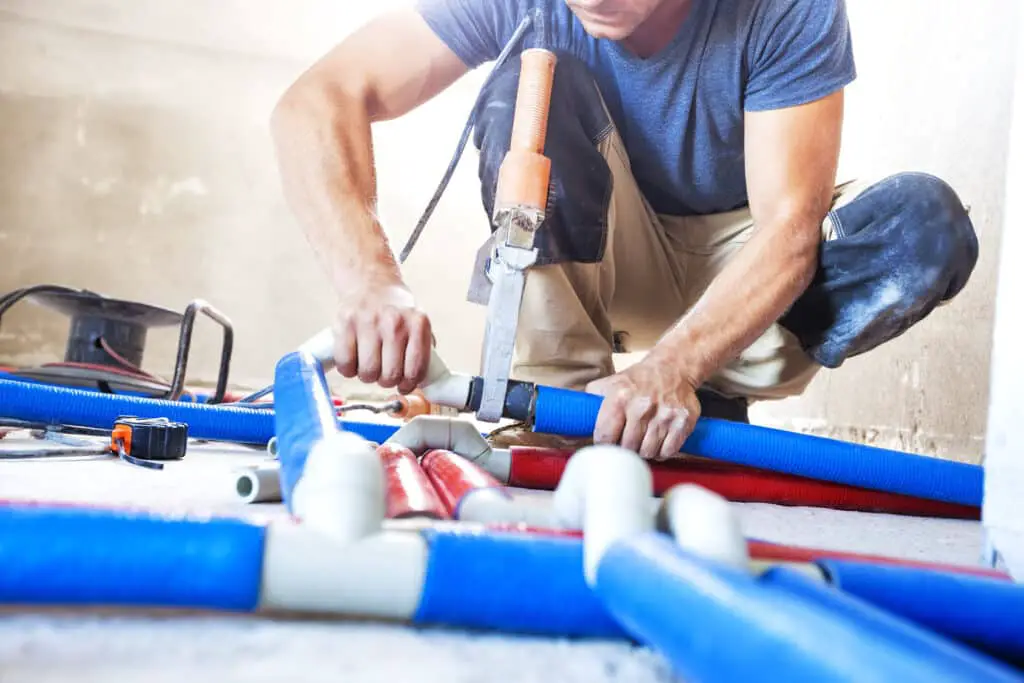
Conclusion
Galvanized plumbing uses zinc-coated steel pipes to prevent rust and corrosion. Galvanized plumbing was once popular due to its durability, but its shortcomings and better alternatives have made it less popular.
The zinc coating on galvanized pipes can erode, causing corrosion and reduced water flow. Older pipes may leak and have water pressure difficulties. Older buildings may use galvanized plumbing, although it has limitations and issues. Maintenance and inspections are plumbing materials essential to detect and fix concerns including rust, leaks, and low water pressure.
For lifespan and efficiency, the plumbing system may need to be upgraded to current materials. As plumbing technology advances, homeowners, plumbers, and contractors must stay current on materials and practices. By learning the pros and cons of different plumbing systems, homeowners and building owners may make informed decisions about maintaining, renovating, or installing new ones.



